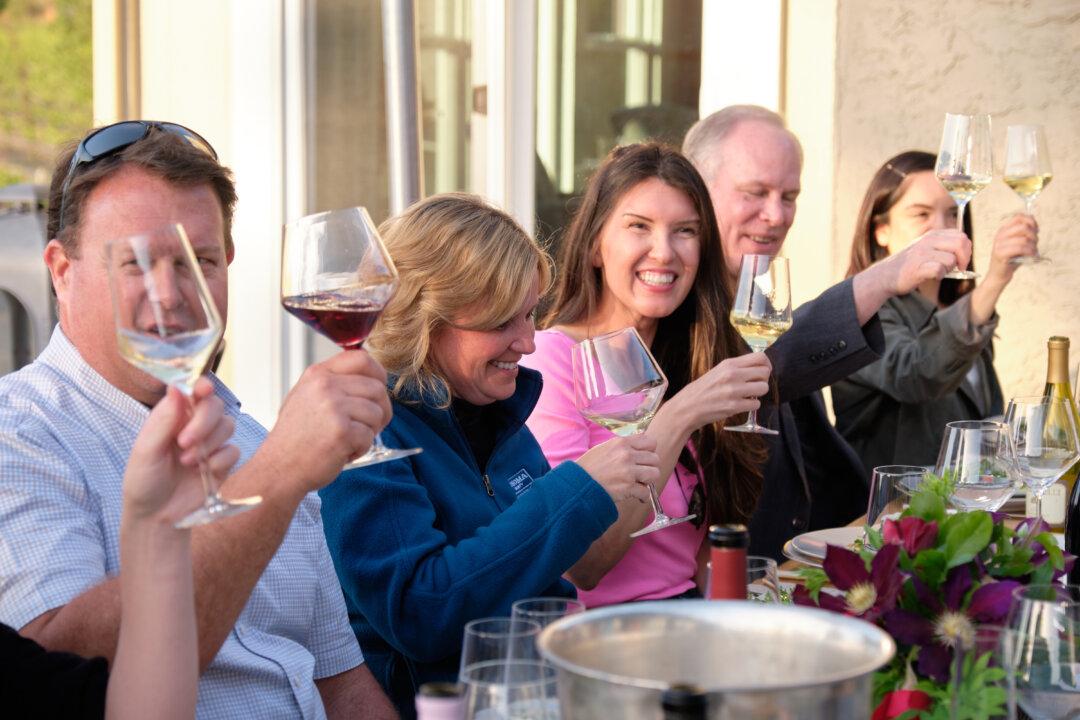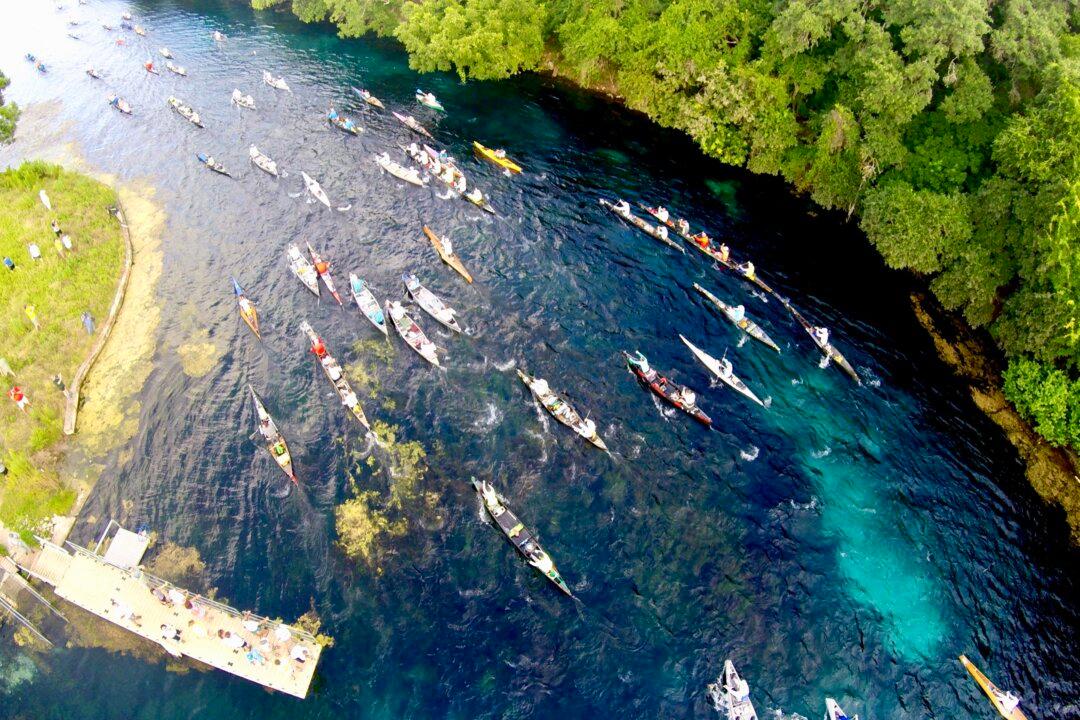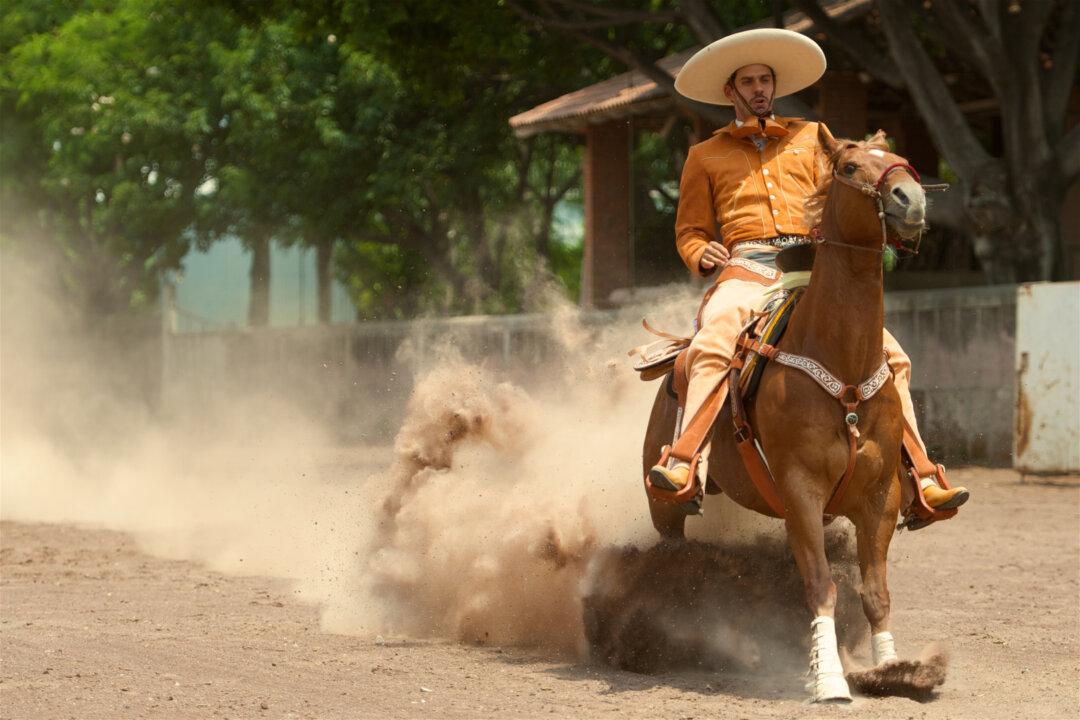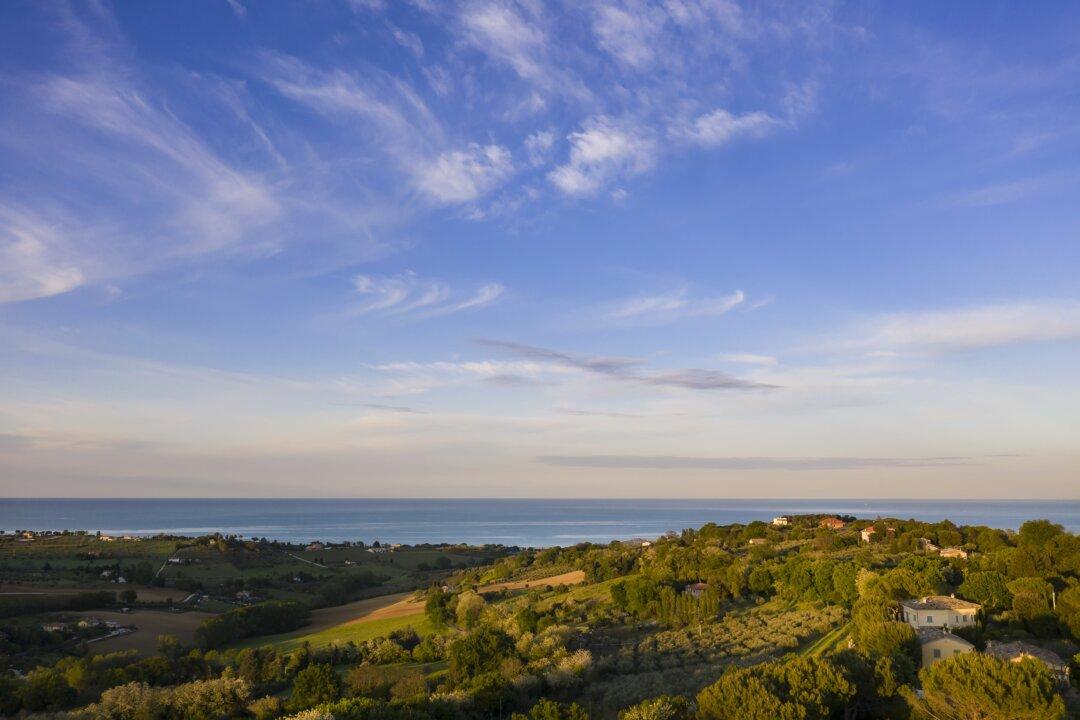Someone who enjoys wine three to seven days a week doesn’t need a reason to celebrate National Wine Day, but wine is my favorite of all the drinks, and it’s also an opportunity to geek out archaeologically (more on that later). Soon, when I land in Italy, I’ll celebrate seven days straight of International Wine Day. It’s a state of mind.
The “real” National Wine Day is May 25th, and its purpose, as far as I’m concerned, doesn’t require a single sip: It’s a day to appreciate and enjoy the history of wine, a day of education and gratitude. Wine was being made before history was being recorded. Science has traced the earliest winemaking back 8,000 years, and today it’s produced on six of the world’s seven continents. That’s longevity.





